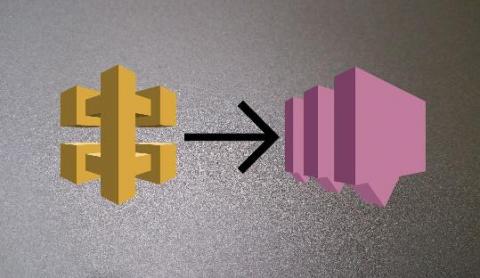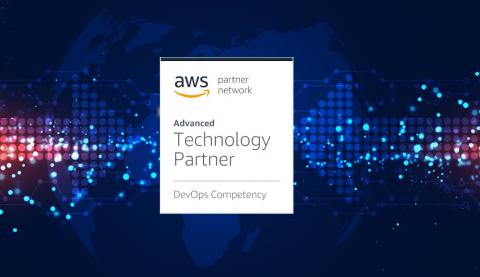EventBridge vs CloudWatch Events, Kinesis and SNS
AWS recently launched the Serverless Event Bus, AWS EventBridge. Some have described it as an extension of CloudWatch Events, while others say it is provides the same features as AWS SNS. So, what exactly is EventBridge? And how does it fit into the existing AWS serverless ecosystem?




